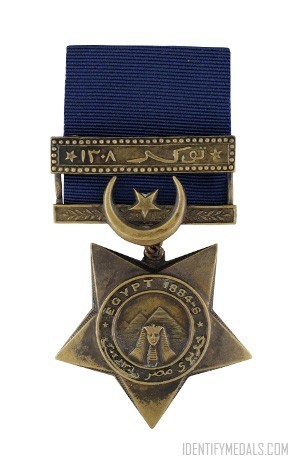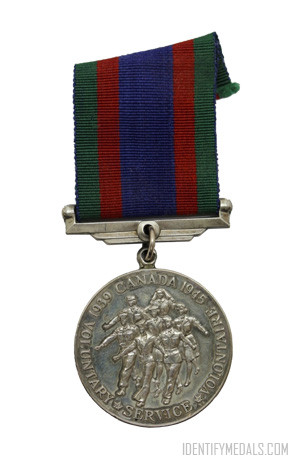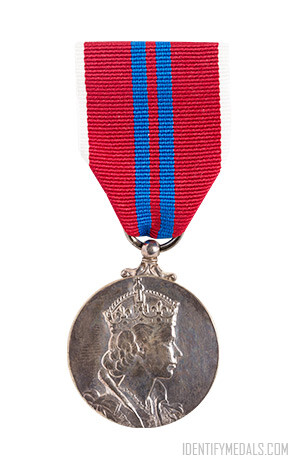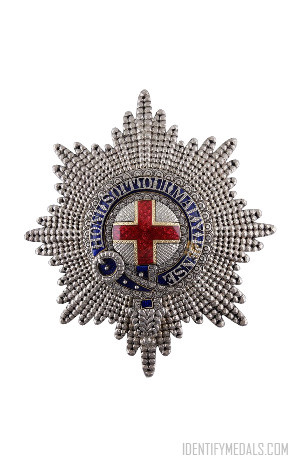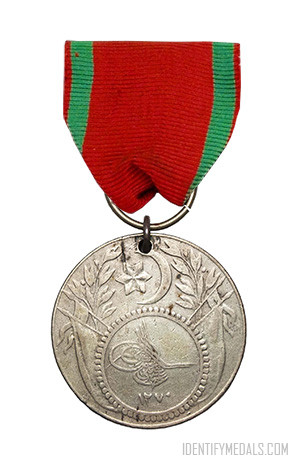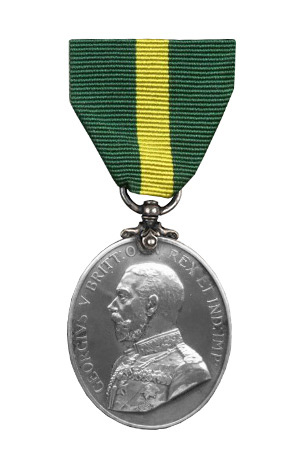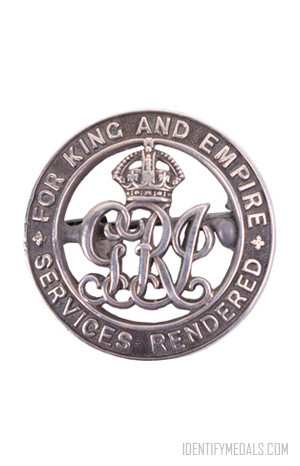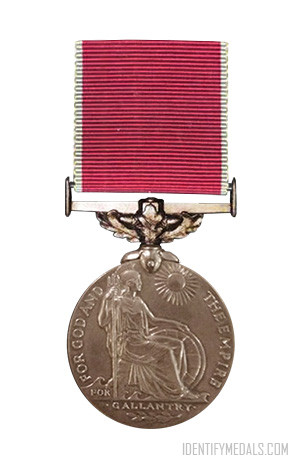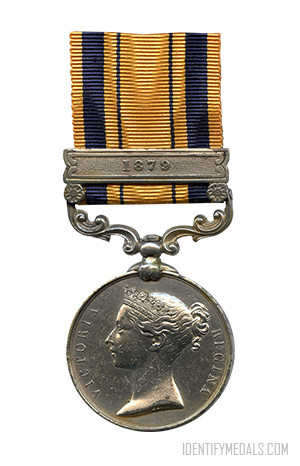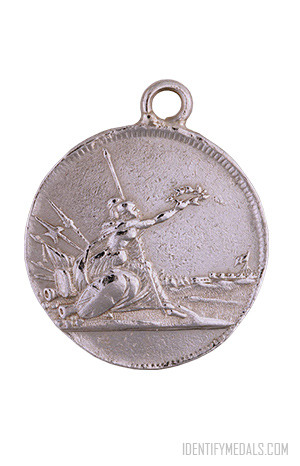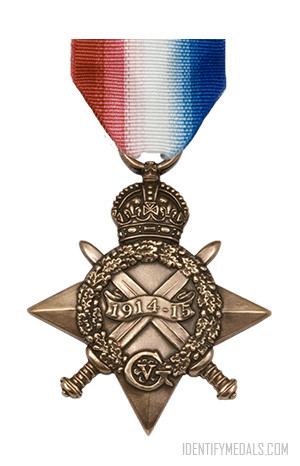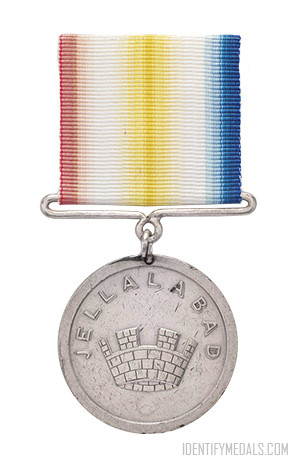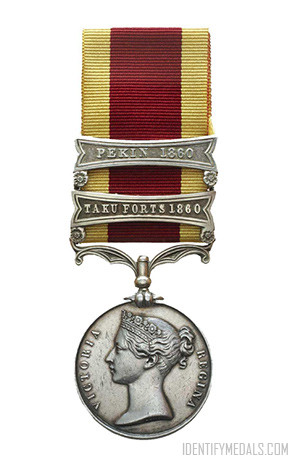- Time Period: Pre-WW1
- Year of Institution: 1882
- Country: Great Britain
The Khedive’s Star is a campaign medal established in 1882 by Khedive Tewfik Pasha to reward those who had participated in the military campaigns in Egypt and Sudan between 1882 and 1891.
The British success in the war strengthened the position of the Khedive of Egypt, Tewfik Pasha, a supporter of the British government, who decided to reward all British and Indian soldiers who took part in the fighting and who had received the British Egypt Medal.
The award included British forces who served during the 1882 Anglo-Egyptian War and the subsequent Mahdist War, who received both the British Egypt Medal and the Khedive’s Star. The Khedive also made a small number of awards of the Star to Egyptian civilians for non-military service.
Because the award was frequently worn alongside the Egypt Star, it frequently suffered abrasion from its points.
The Khedive’s Star Design
The medal is a five-pointed bronze star darkened by means of lacquer. It was manufactured by Henry Jenkins and Sons of Birmingham, who also made the Kabul to Kandahar Star of 1880.
The obverse depicts, in the centre of the star, an image of the sphinx with the pyramids in the background, all within a ring bearing the word “EGYPT” and the appropriate date, under the corresponding Arabic inscription. The reverse bears the monogram of Tawfiq Pasha, crowned.
The suspension bar for the blue 37 mm wide ribbon bears a crescent and a star. The medal was issued unnamed, although some recipients arranged privately for their details to be engraved on the reverse.

